5905015549370
Price Quote Get an up to date pricing and availability quote for this product. Order online or over the phone.
Quality Commitment
Serving our customers with quality and safety first.
- AS9120 Certified
- Audited supply chain
- ITAR Registered
- DDTC Registered
- HAZMAT Certified
- Customer service objectives
- Every product 100% inspected

5905-01-554-9370 Specification Set by the OEM (see RNCC code 3)
0.320 ohms highest resistance value
encapsulated or encased
solder stud
1.250in.
0.105in.
0.330in.
11955766
resistor, fixed, wire WOUND-Fuse type
shall be in accordance with the latest issue in effect of MIL-R39007 and as specified herin. part description: terminal finish 0.00025 in min of HOT-Dip TIN-Lead alloy, type s. composition SN-60. SN-63. SN-10 per QQ-S-571; or 0.00025 in min of ELECTRO-Deposited TIN-Led plate per MIL-P-81728. resistance element wire size 0.0014. blow time 100 milliseconds max with 1.3 amperes dc applied. current rating: 0.1 ampere at 85 deg c. temp rating: operating neg 46 to pos 85 deg c; nonoperating to neg 55. altitude: operating: to 8000ft; nonoperating: 40000 ft.
axial terminal each end
Cross Reference Parts Part numbers that meet the specification outlined on this page and set by the OEM
Identification Item Identification Guide (IIG) and Item Name Code (INC)
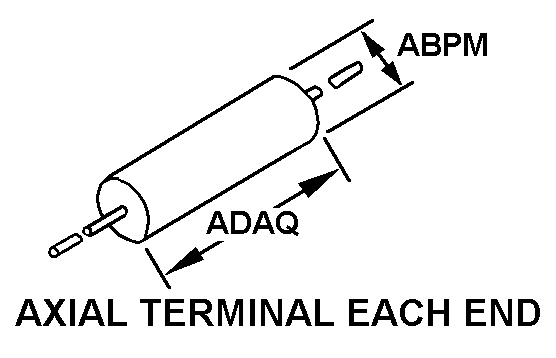
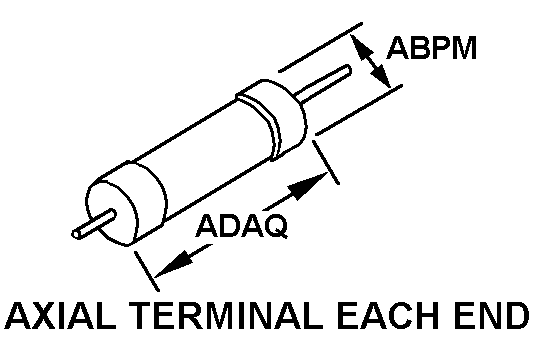
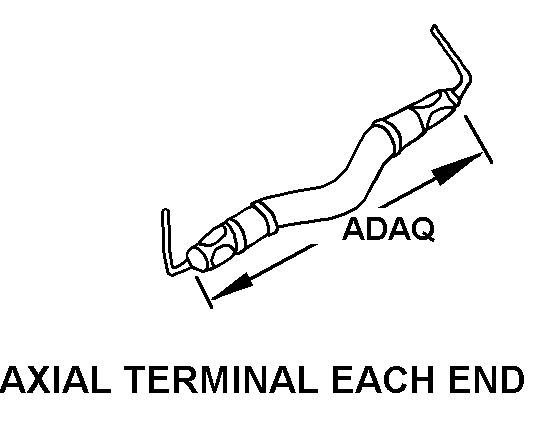
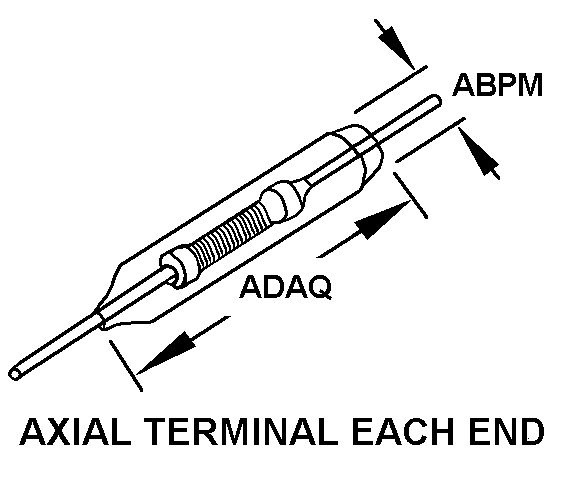
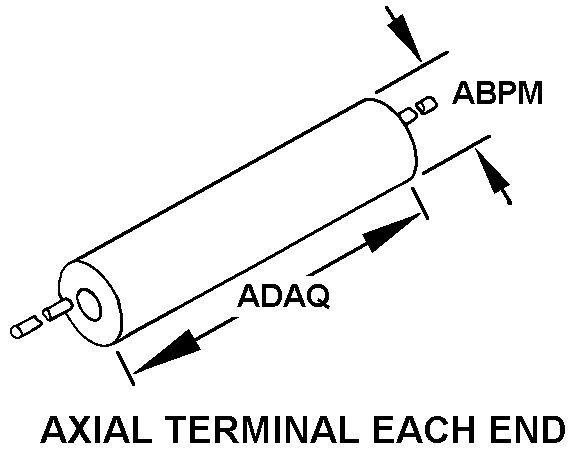
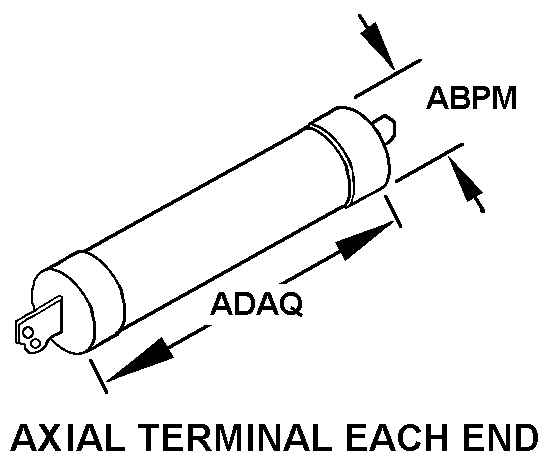
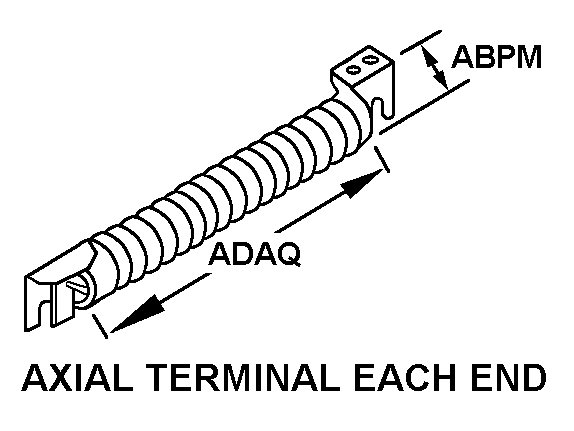
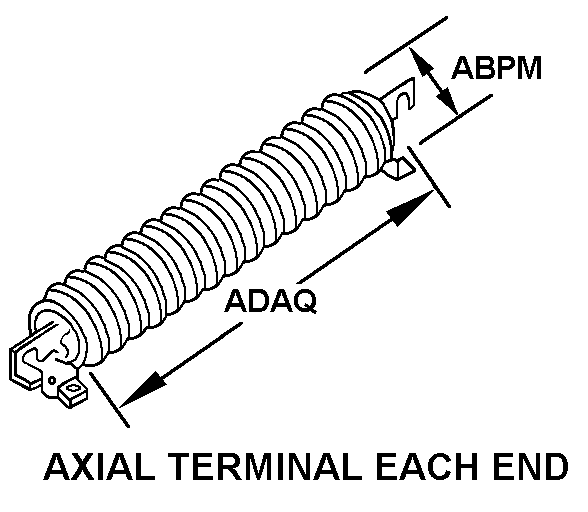
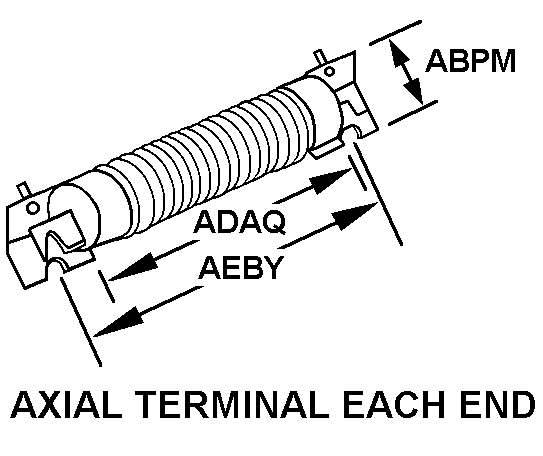
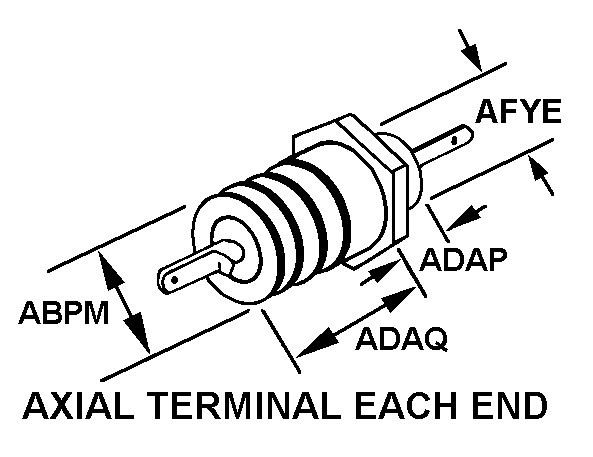
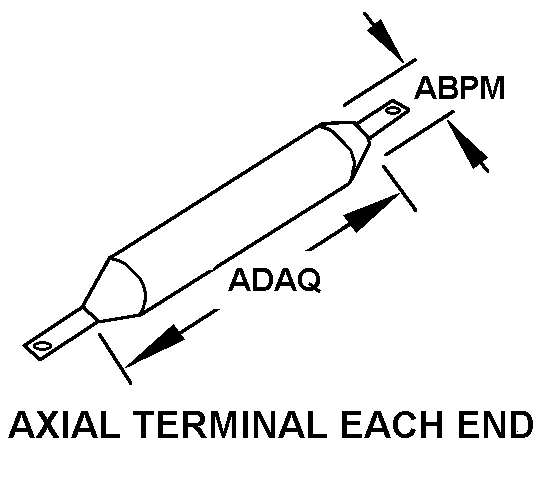
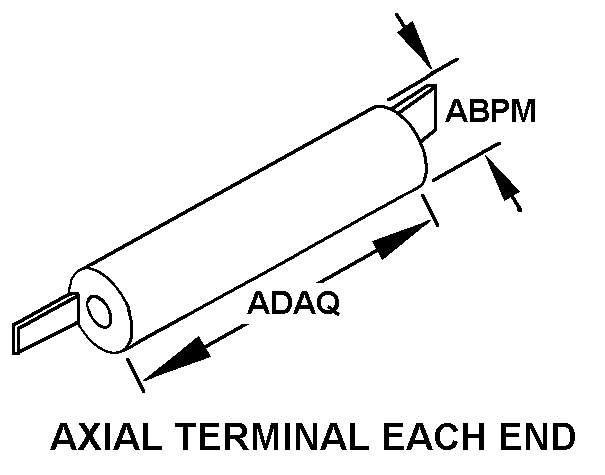
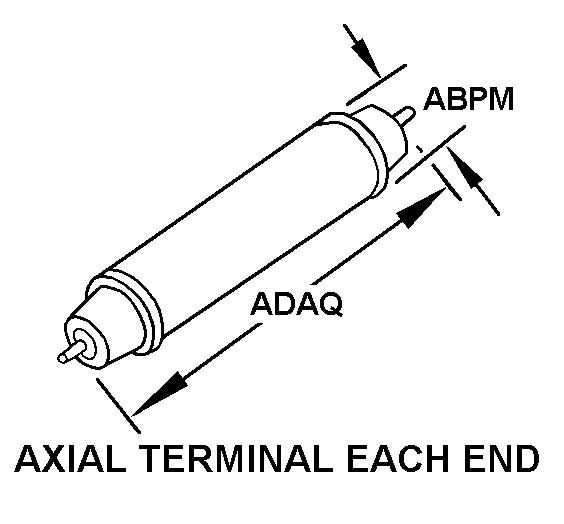
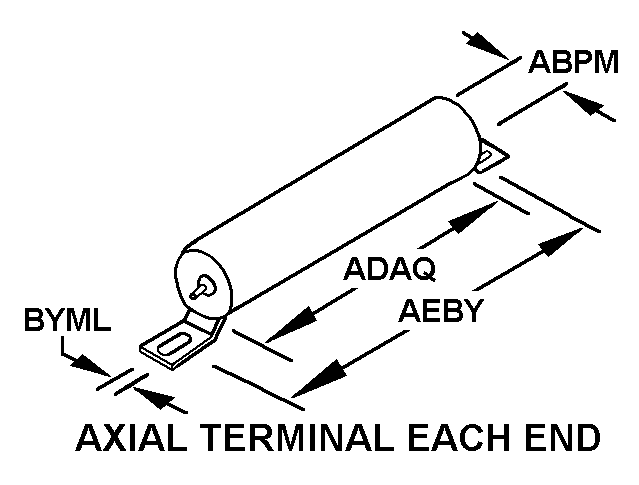
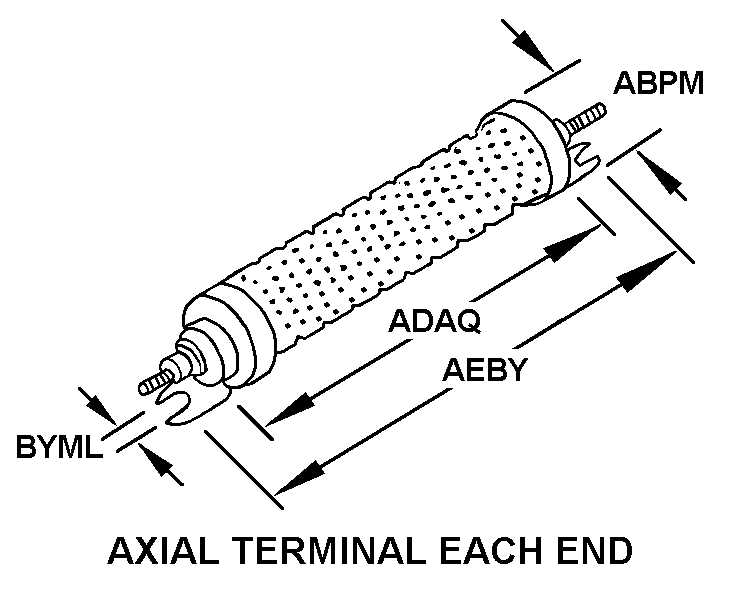
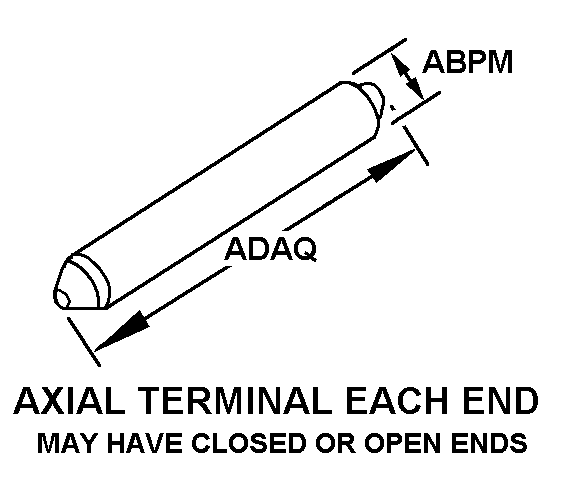
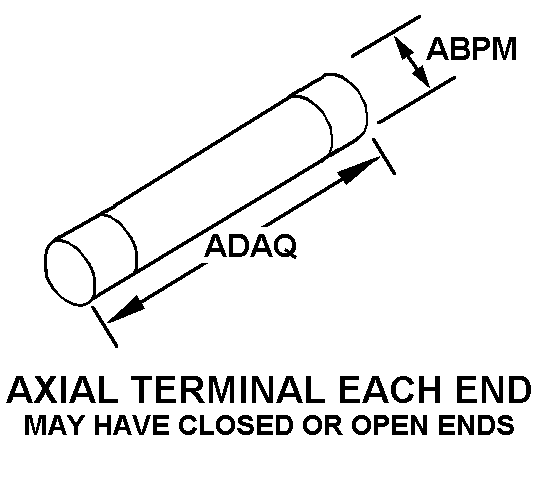
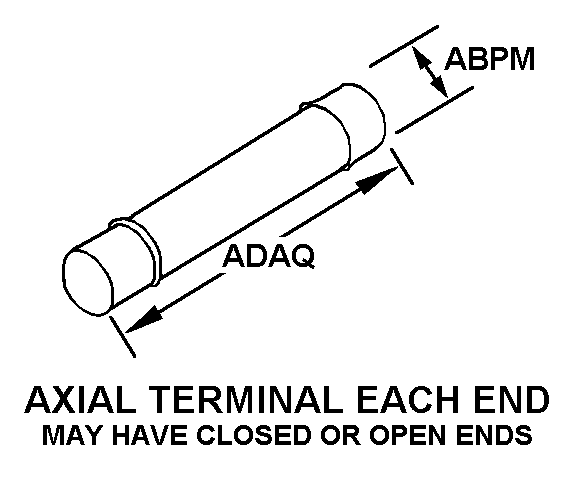
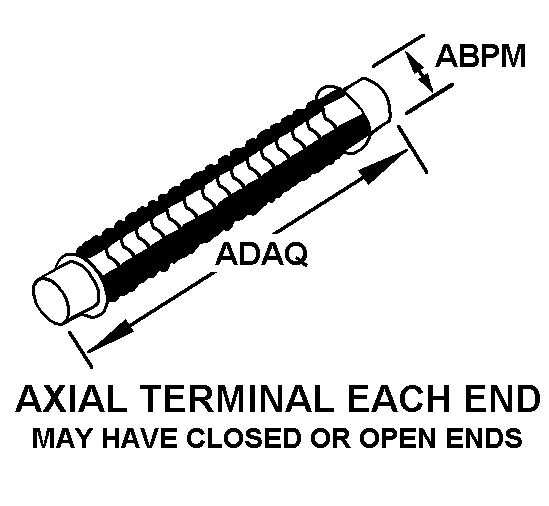
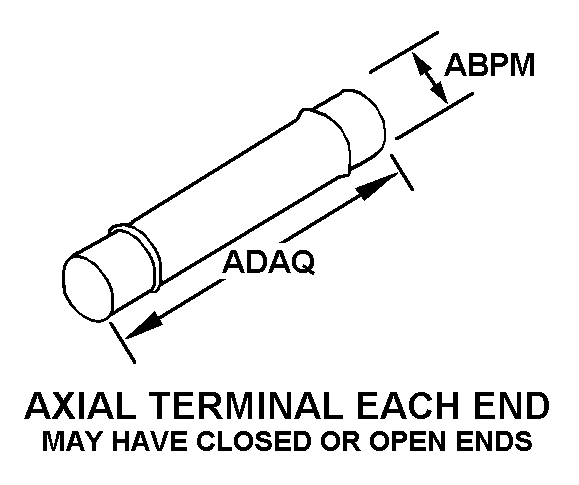
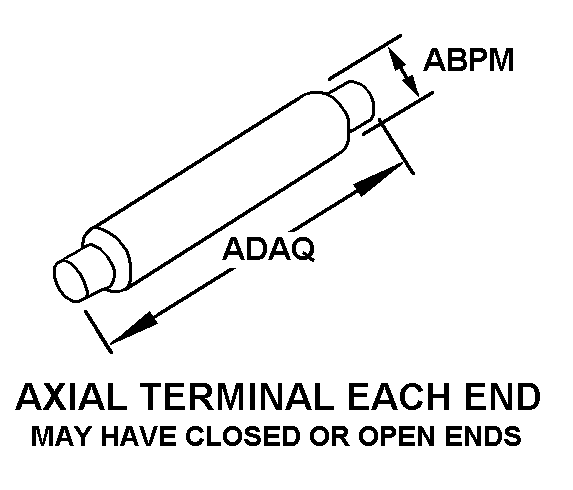
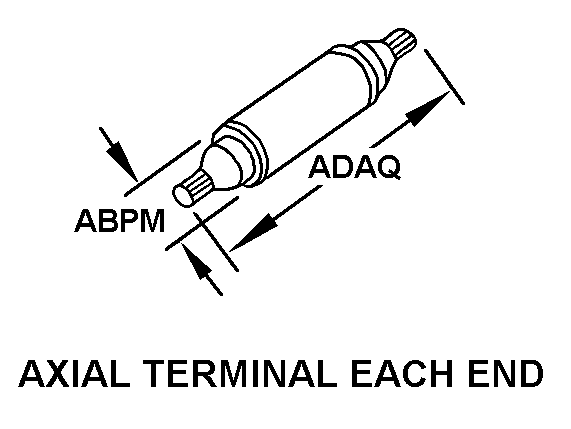

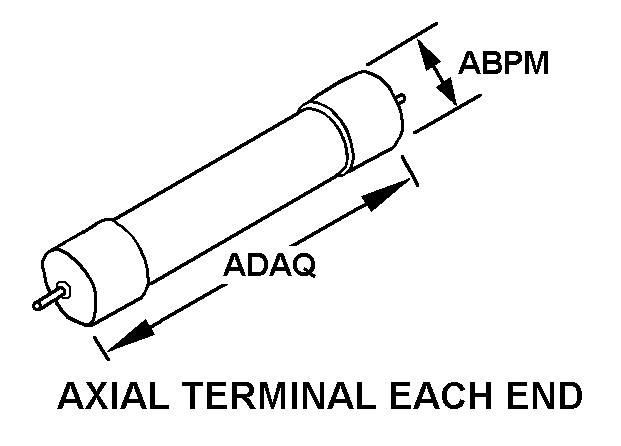
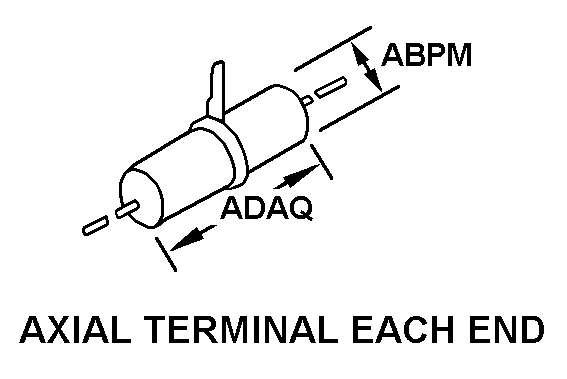
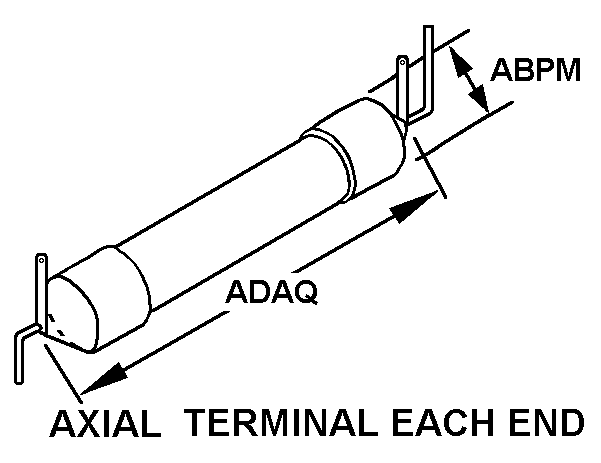
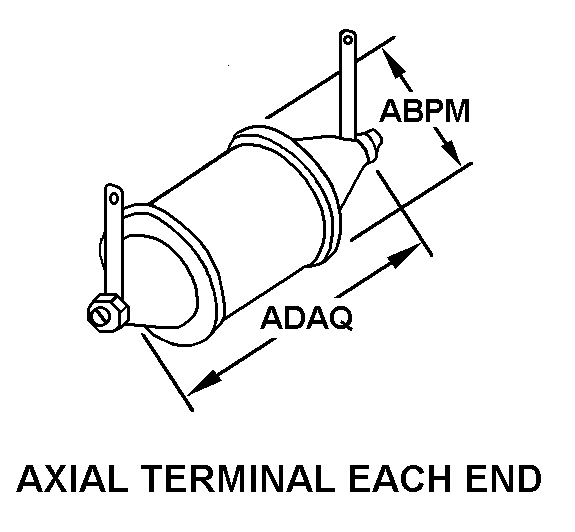
Definition Definition of approved item name (AIN): "RESISTOR,FIXED,WIRE WOUND"
A resistor whose ohmic value cannot be adjusted or varied. The resistance element consists of high resistance wire (or ribbon) either wound on an insulated form or constructed so as to be self supporting. Opposition to the flow of current is an inherent property of the resistance wire and is manifest by the heat dissipation in the resistor. Excludes suppressor, ignition interference.
5905-01-554-9370 Material Hazmat, Precious Metals, Criticality, Enviroment, and ESD
Indicates there is no data in the hmirs and the nsn is in a fsc not generally suspected of containing hazardous materials.
Item does not contain precious metal.
No known electrostatic discharge (esd) or electromagnetic interference (emi) sensitivity.
Represents items with no adp components
The item does not have a nuclear hardened feature or any other critical feature such as tolerance, fit restriction or application.
Identification Codes
HMIC: Hazardous Material Indicator Code. A one position code that identifies a hazardous item.
PMIC: Precious Metal Indicator Code. A one position code which identifies items that have precious metals as part of their content. precious metals are those metals generally considered to be uncommon, highly valuable, and relatively superior in certain properties such as resistance to corrosion and electrical conductivity.
ESD: Electrostatic Discharge. Indicates if an item is susceptible to electrostatic discharge or electromagnetic interference damage. electrostatic discharge damage occurs when an accumulation of static electricity generated by the relative motion or separation of materials is released to another item by direct contact. electromagnetic interference damage occurs when an item comes into proximity with an electrostatic or magnetic field.
ENAC: Enviromental Attribute Code. Identifies items with environmentally preferred characteristics.
CRITL: Criticality Indicator Code. Indicates an item is technically critical by tolerance, fit, application, nuclear hardness properties, or other characteristics.






